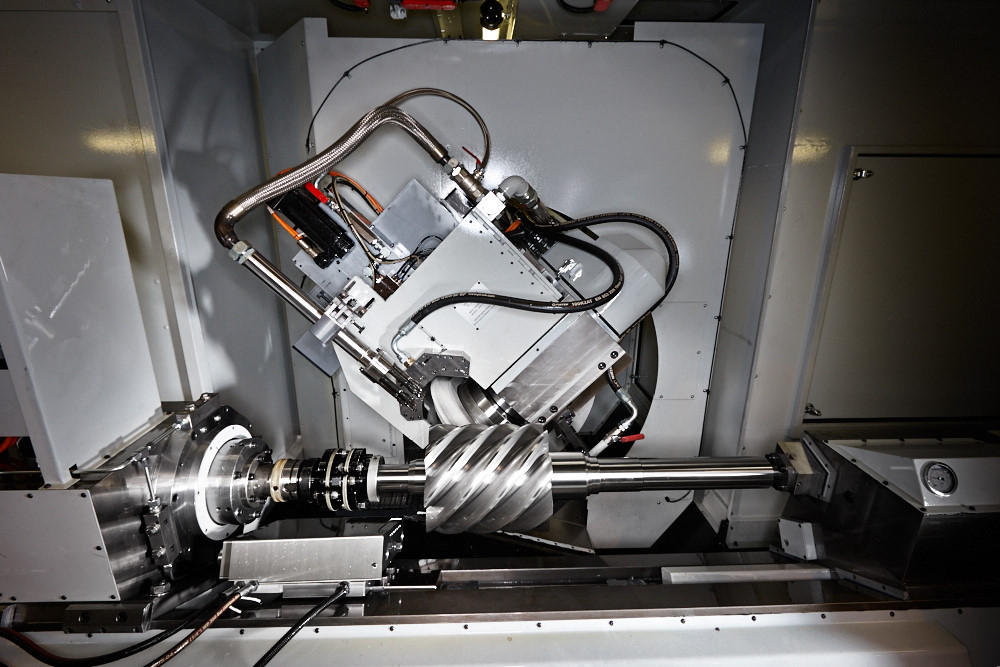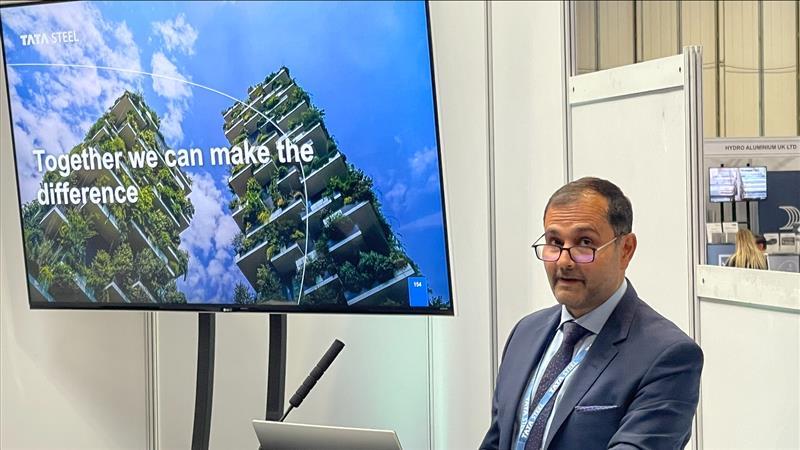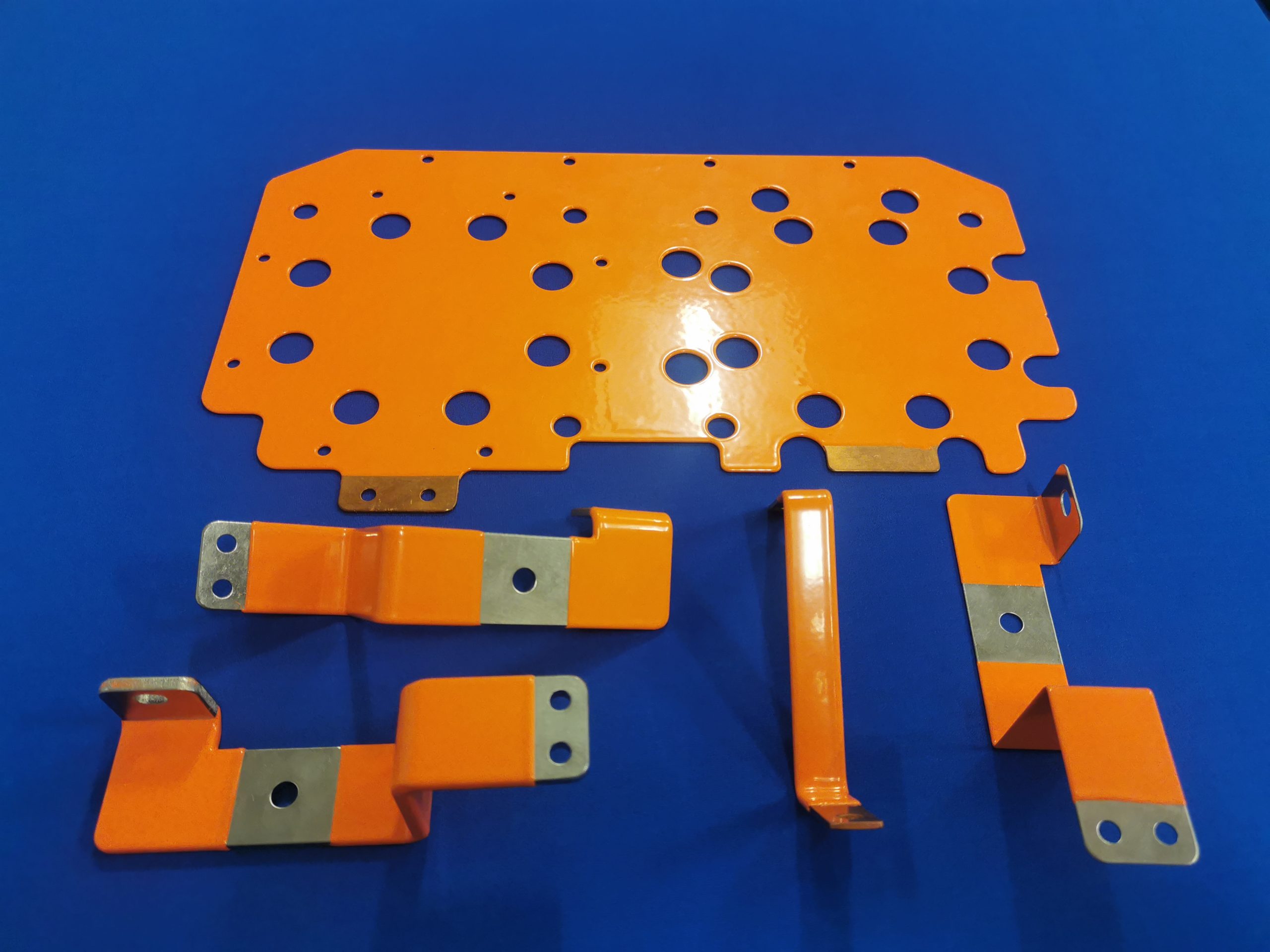One of North America’s premier rotary screw compressor manufacturers has ordered a new TG 350E CNC rotor grinding machine from UK-based PTG Holroyd. The machine takes its place alongside a previous-generation TG 350 model that has been in reliable daily operation at the compressor rotor manufacturing facility since 2008.
Valued in excess of $1.7m, the new TG 350E rotor grinder is currently in build at PTG Holroyd’s Rochdale technology centre, from where it will ship in spring 2023. The machine will precision-grind screw rotors of up to 350 mm in diameter and 1800 mm in length, bringing even higher levels of flexibility to the company’s manufacturing strategies.
“Although we’re not able to name this North American customer, it is nonetheless rewarding to know that the positive experience gained by using one of our machines over so many years played a significant part in their decision to order a second PTG Holroyd machine,” says PTG Holroyd sales director Mark Curran.
With the PTG Holroyd TG series, advanced automation means reduced set-up time, while it is also possible to save a significant amount of production time due to the fact that each machine’s diamond dressing discs are continuously dressed during the semi-finish grinding cycles.
The TG range starts with the TG 50E, a machine designed to precision-grind components of up to 50 mm in diameter and 610 mm in length, with models offering stepped increases in capability up to the production of helical components measuring 450 mm in diameter and 2020 mm in length. Equally suited to prototyping, batch and volume production, TG machines are primarily for the finish-grinding of helical screw components such as worm screws and rotors (after milling to a rough or semi-finished state).
For further information www.holroyd.com















